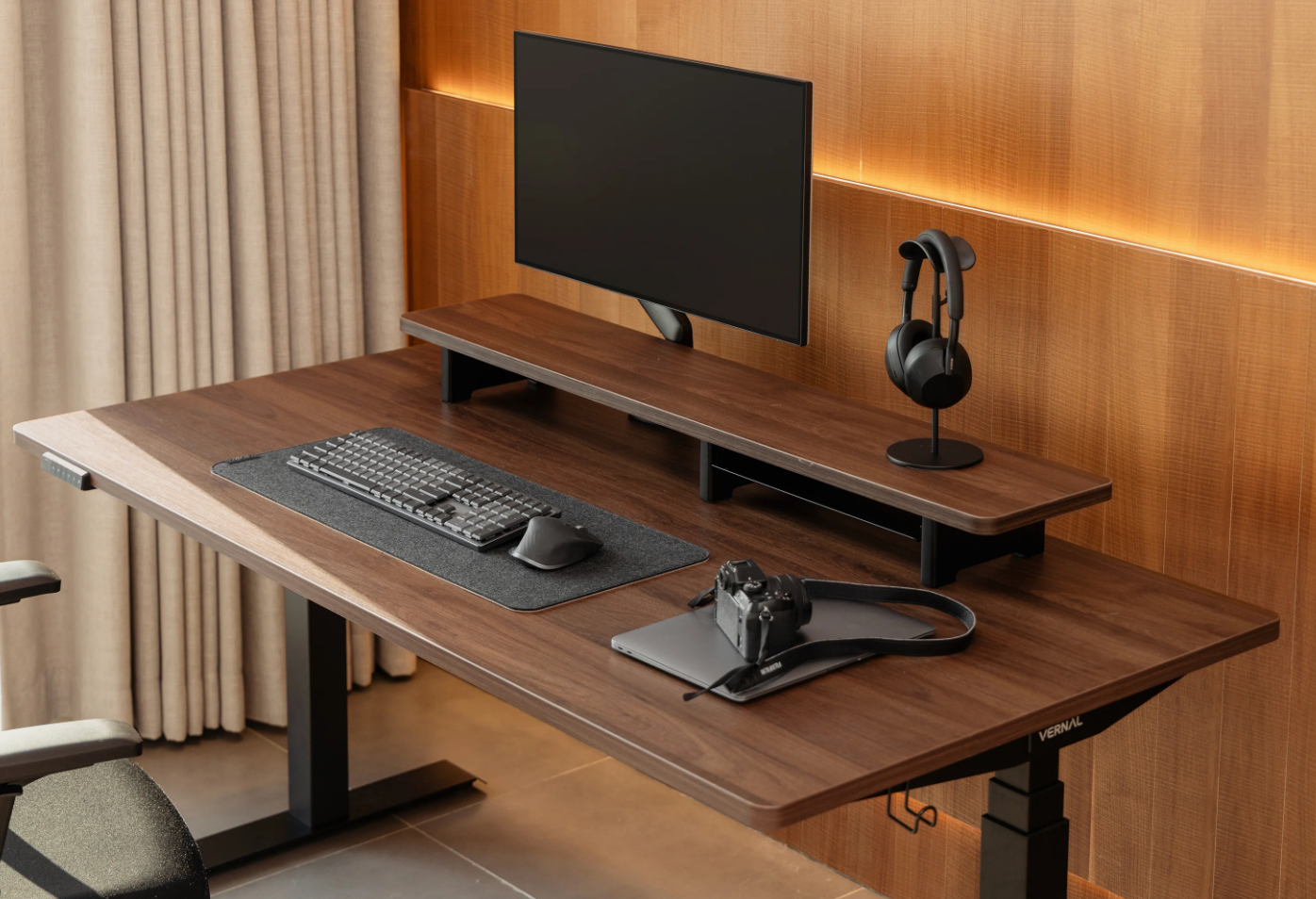
In the high-stakes world of neurosurgery, even a fraction of a second’s hesitation can mean the difference between success and complication. Leading surgeons are discovering an unconventional ally in their quest for razor-sharp focus: standing for at least four hours each workday. Beyond ergonomic trends, this practice is supported by emerging research linking prolonged standing intervals to improved cerebral blood flow, reduced fatigue, and enhanced decision‑making under pressure. Whether you’re in the operating theater, at your home office, or leading multidisciplinary meetings, adopting a standing habit can elevate performance and safeguard long‑term health.
Best Standing Desks: The Gold Standard for Neurosurgeons
Not all workstations are created equal. Neurosurgeons require a stable, responsive platform that accommodates heavy equipment and precise instrument handling. The spectrum of Best Standing Desks includes models with reinforced steel frames, high‑torque motors, and anti‑vibration technology—ensuring that monitors, microscopes, and surgical navigation tools remain rock solid even at maximum height. By investing in a top‑tier desk, surgeons can stand confidently during chart reviews, consultations, and collaborative sessions.
Sit to Stand Desk: The Core of a Neurosurgical Workflow
A versatile Sit to Stand Desk empowers surgeons to alternate between postures in sync with cognitive demands. For delicate planning phases, seated precision may be preferred; during case discussions or imaging reviews, standing stimulates alertness and reduces mental fatigue. Ergonomic specialists recommend shifting every 30 minutes, totaling at least four hours standing over an eight‑hour shift. This cadence optimizes neurovascular coupling, delivering oxygen‑rich blood to critical brain regions without interruption.
Vernal Standing Desk: Precision Ergonomics Unveiled
The Vernal Standing Desk has garnered acclaim for its dual‑motor drive system, offering whisper‑quiet adjustments and 140 kg load capacity. Integrated memory presets store personalized heights for both sitting and standing modes, enabling rapid transitions without manual recalibration. Surgeons appreciate Vernal’s advanced cable‑management channels, which keep cords secure and out of sterile pathways. For detailed specifications, visit vernalspace.com.
Adjustable Desks for Personalized Health
Height variability is crucial: no two surgeons share the same stature or reach. Broadly categorized as Adjustable Desks, these workstations offer hydraulic lifts, gas‑spring mechanisms, or electric actuators to accommodate users from 150 cm to 200 cm tall. Proper screen and instrument alignment mitigates neck strain and preserves spinal curvature—essential for maintaining steady hands during microsurgical planning and postoperative reviews.
Electric Adjustable Standing Desk: Effortless Height Changes
In the OR or a private office, every second counts. An Electric Adjustable Standing Desk transforms with the touch of a button, rising from 70 cm to 120 cm in under ten seconds. Programmable presets eliminate guesswork: store ideal positions for seated imaging analysis and standing peer consultations. Consistent posture shifts enhance lymphatic drainage and curb the afternoon energy dip that often plagues extended surgical conferences.
Corner Standing Desk: Maximizing Operating Room Real Estate
When floor space is at a premium, a Corner Standing Desk tucks neatly into nooks without sacrificing work surface. Perfect for review stations adjacent to surgical suites, these L‑shaped units provide dual zones for patient data and reference materials. Seamless height controls ensure that surgeons can rotate between areas—such as radiology scans and lab reports—while maintaining the recommended standing intervals for peak cognitive engagement.
Standing Executive Desk: Command Authority and Clarity
For department heads and lead neurosurgeons, the Standing Executive Desk combines executive aesthetics with ergonomic prowess. Its polished surfaces and integrated cable troughs convey professionalism during high-level briefings. Simultaneously, standing meetings around this desk foster concise decision-making, reduce presentation times by up to 25%, and maintain alertness, ensuring that critical strategic discussions proceed without the drag of sedentary fatigue.
Solid Wood Standing Desk: Natural Materials for Focus
Biophilic design elements, such as timber textures, have been shown to lower stress hormones and enhance concentration. A Solid Wood Standing Desk, crafted from sustainably harvested hardwoods, introduces warmth and tactile richness into institutional environments. The sturdy wooden top resists warping, while integrated height‑adjustment mechanisms ensure surgeons enjoy the same stability and responsiveness as steel‑framed models.
Vernal Review: What Leading Surgeons Report
Early adopters of Vernal workstations include top-tier neurosurgery departments that have tracked performance metrics over six months. Surgeons reported:
15% reduction in postoperative cognitive errors, attributed to sustained alertness during long case debriefs.
30% fewer reports of neck and shoulder discomfort, following a regimen of four hours standing daily.
20% increase in team meeting efficiency, as standing huddles cut down average discussion times.
These outcomes underscore the powerful intersection of biomechanics and cognitive ergonomics when leveraging premium standing solutions.
Implementing a 4‑Hour Standing Protocol
Transitioning to four hours of standing need not be disruptive. Follow these guidelines:
Gradual Ramp-Up: Start with two hours standing per day, then add 15–30 minutes weekly until reaching four hours.
Scheduled Intervals: Use desk‑integrated timers or wearable reminders to alternate every 30–45 minutes.
Supportive Footwear and Mats: Anti‑fatigue mats and cushioned shoes reduce impact on joints.
Complementary Stretching: Incorporate calf raises, hip flexor stretches, and neck rotations during standing breaks.
Conclusion: Elevate Your Focus, Elevate Your Practice
Standing four hours daily isn’t just an ergonomic fad—it’s a scientifically grounded strategy embraced by the world’s foremost neurosurgeons. By selecting the right workstation—whether it’s a Best Standing Desks model, a versatile Sit to Stand Desk, or the premium Vernal Standing Desk—you harness enhanced blood flow, sustained mental clarity, and reduced musculoskeletal strain. Implement this routine in your practice, and experience the transformative impact on both your performance and well‑being. Stand up for your focus, and take your surgical precision to new heights.
Write a comment ...